mickoo
Western Thunderer
You are indeed correct and I took several photos, it was the only one I've seen up close and remote enough to photograph safely.The Sixth photo down on post 499 shows a point with 5 angled patterns to the sleepers is something I’ve never seen before , it’s is also a great picture of a JUMP FROG “ flange bearing frog” I don’t think we have them in Australia yet but give them time, I believe BNSF use them but only use them on sidings that don’t see continuous traffic and can only be used with Vehicles that have wheel / flanges that are capable of crossing jump frog points.
David.
Technically it's MRL trackage, but as of Feb 24th 2024 (I think that's the official change over date) it's now all BNSF.
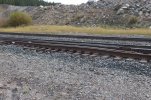
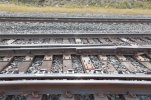
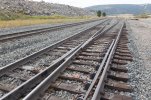
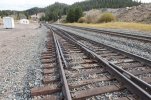
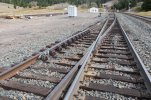
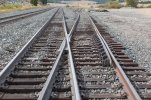



 Trust me it can, I watched a MOW vehicle come up the hill and then back into this siding right in front of me.
Trust me it can, I watched a MOW vehicle come up the hill and then back into this siding right in front of me. .
.